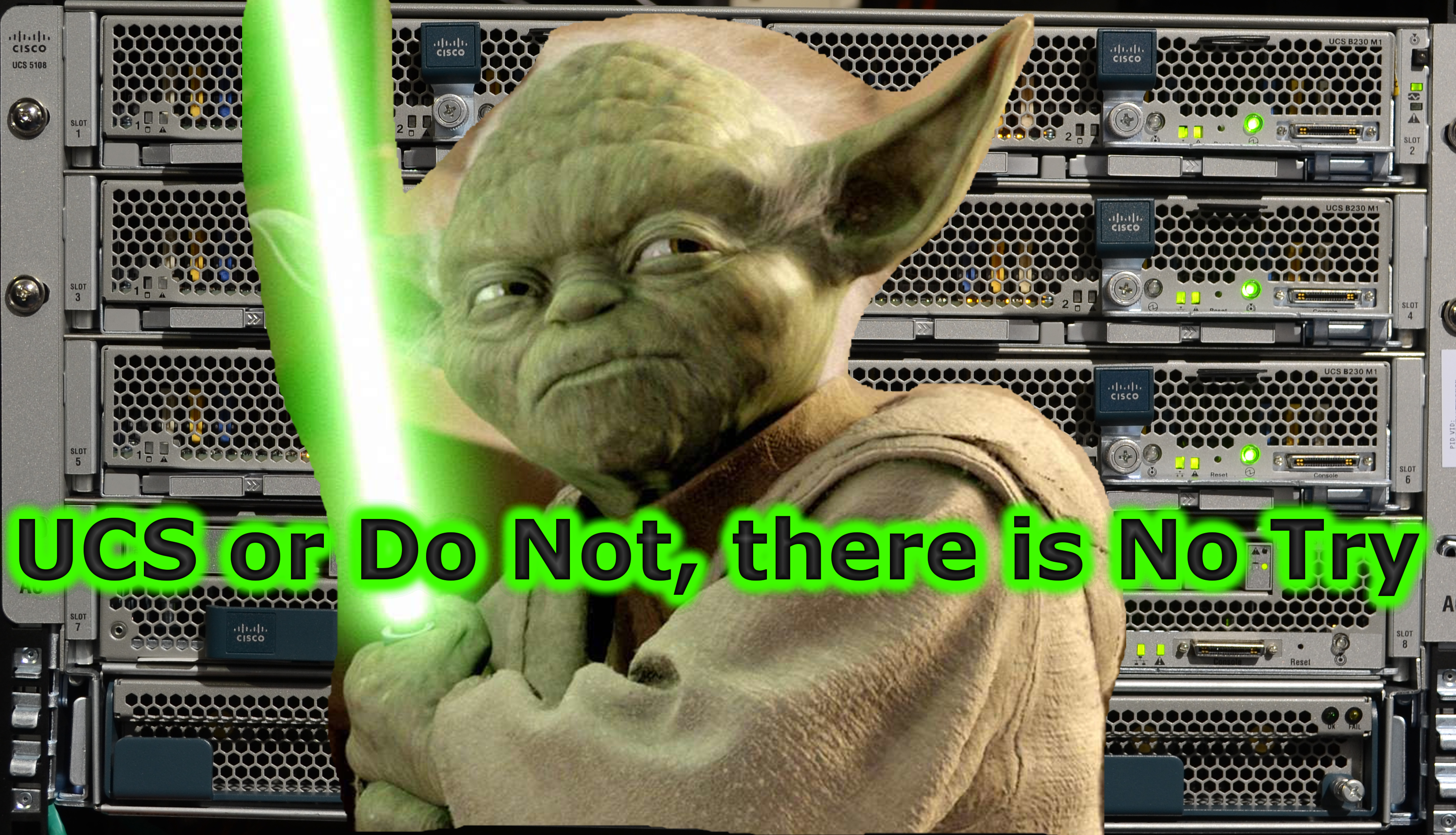But are they happy? I would imagine they are. Cisco/NetApp FlexPod’s are a great way to get a complete “Black Box” solution up and running on the Hurry-Up. Still believe for the hard core UCS’er a BIY build can be even better, but that will not be end-to-end supported other than hardware. Not surprised that Gartner wrote this up. “3,700 FlexPod customers”, that isn’t bad at all and should be enough of a customer base to keep FlexPod supported well and keep development rolling. All below from http://www.gartner.com/: http://www.gartner.com/technology/reprints.do?id=1-1VJWM3X&ct=140617&st=sb

Vendor Strengths and Cautions
Cisco-NetApp
While Cisco’s Unified Computing System (UCS) blade technology integrates compute and switching capability, it is not considered to be a full integrated system, as it currently includes no integrated storage. The FlexPod solution — jointly promoted by Cisco and NetApp — has evolved from its reference architecture beginnings — when FlexPod was really only a certified design — to its current status as a valid integrated system that can be deployed through a variety of Cisco and NetApp partners. FlexPod is the result of many years of joint development between Cisco and NetApp of networking and secure multitenancy. For FlexPod, the two vendors have developed a new support and go-to-market model, resulting in a cooperative support program and a channel-centric go-to-market approach.
While the use of Cisco’s UCS is common to VCE and FlexPod, the underpinning of each FlexPod is always Cisco UCS, NetApp Fabric-Attached Storage (FAS) and Cisco Nexus switches. Introduced in November 2010, there are now more than 3,700 FlexPod customers. FlexPod is delivered almost exclusively through channel partners. There are currently 1,000-plus partners certified to sell FlexPod, and over 90 FlexPod Premium Partners that have achieved a higher level of FlexPod certification.
Market acceptance for FlexPod has been strong, and service providers make up a significant proportion of the base. However, Cisco and NetApp also collaborate with vendors such as VMware, Microsoft, Oracle, SAP, Citrix and Red Hat to create more-focused FlexPod solutions. Microsoft and Citrix have also agreed to participate in the FlexPod Cooperative Support Program, along with Cisco, NetApp and VMware. The FlexPod portfolio has also expanded, with FlexPod Express for small enterprises and FlexPod Select for specialized workloads like Hadoop. The management tooling is not as consistent or holistic as that of many other integrated systems, and many users work with vendors like CA Technologies to create a more complete management experience. Recognizing the need for better management symmetry, Cisco has recently started supporting every FlexPod solution (by default) through its UCS Director (integrated manager) product that covers compute, network and storage setup and management, and a growing number of FlexPod users are now deploying with Cisco UCS Director.
Strengths
- FlexPod has a single architecture (the integration of unified compute, network switching and storage) that scales from a small enterprise configuration to a large, secure, multitenant cloud infrastructure without changing architecture or technology platforms.
- FlexPod has benefited from the fast ramp-up and track record of Cisco UCS, aided by easy access to NetApp’s large customer base.
- NetApp has good presence in smaller data centers, and works with Cisco to price and position FlexPod for a wide range of use cases, from small or midsize businesses (SMBs) to large enterprises.
- FlexPod is validated with multiple hypervisors (from Citrix, Microsoft and VMware) and bare metal.
- Cisco and NetApp are developing use cases for FlexPod that cover a wide range of private cloud and application-specific scenarios, including desktop virtualization (Citrix XenDesktop and VMware), and enterprise applications (including Oracle, SAP and Microsoft), big data (Hadoop).
- The two vendors have collaborated to create a Cooperative Support Program (which is one factor that qualifies FlexPod as a valid entry in this Magic Quadrant).
Cautions
- Because either vendor can take the lead in sales situations, users must validate the rules for account management and responsibility.
- Users who favor the more holistic single-vendor solution from vendors such as Oracle, IBM and HP will be more likely to question a partner-dependent business model.
- There is a lack of a uniform management software experience (although certification of Cisco UCS Director is beginning to fill this void).
- Potential future tensions may be created by Cisco’s entry into the storage market with the acquisition of Whiptail.

Be First to Comment